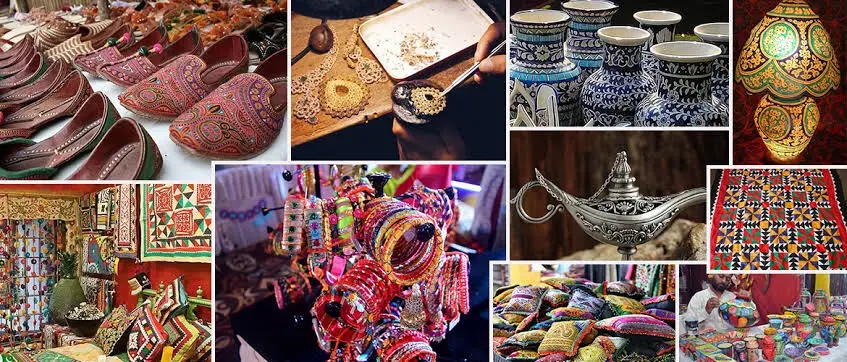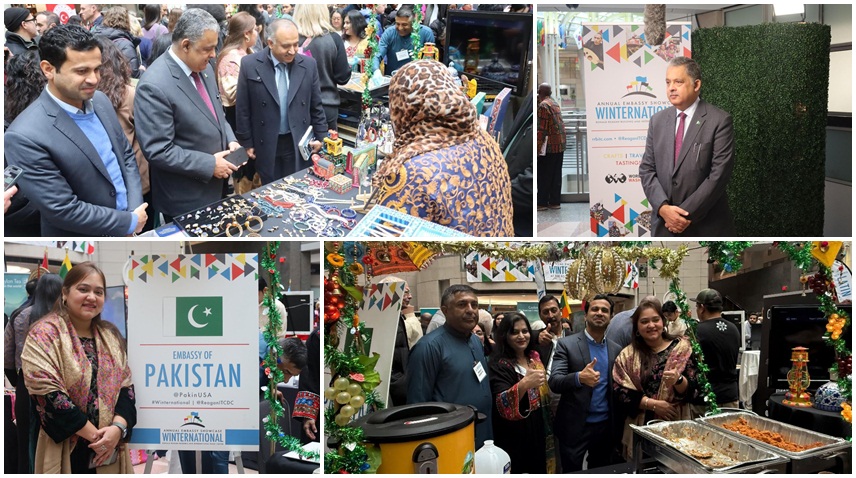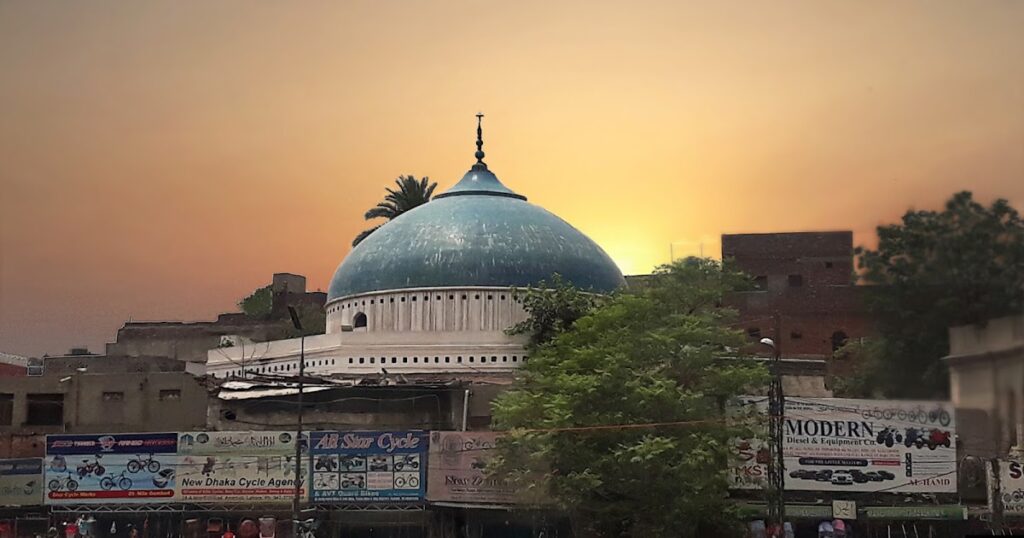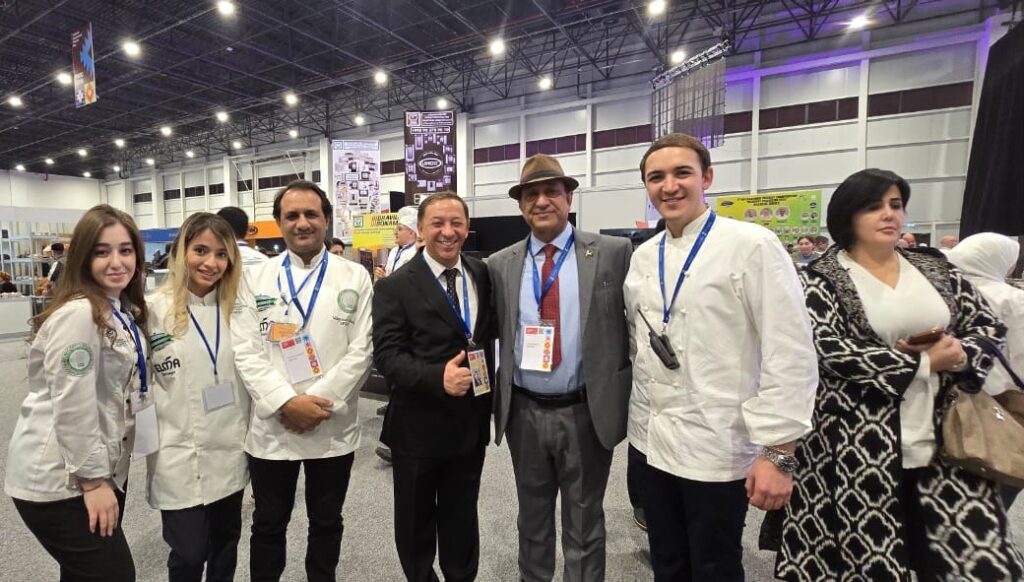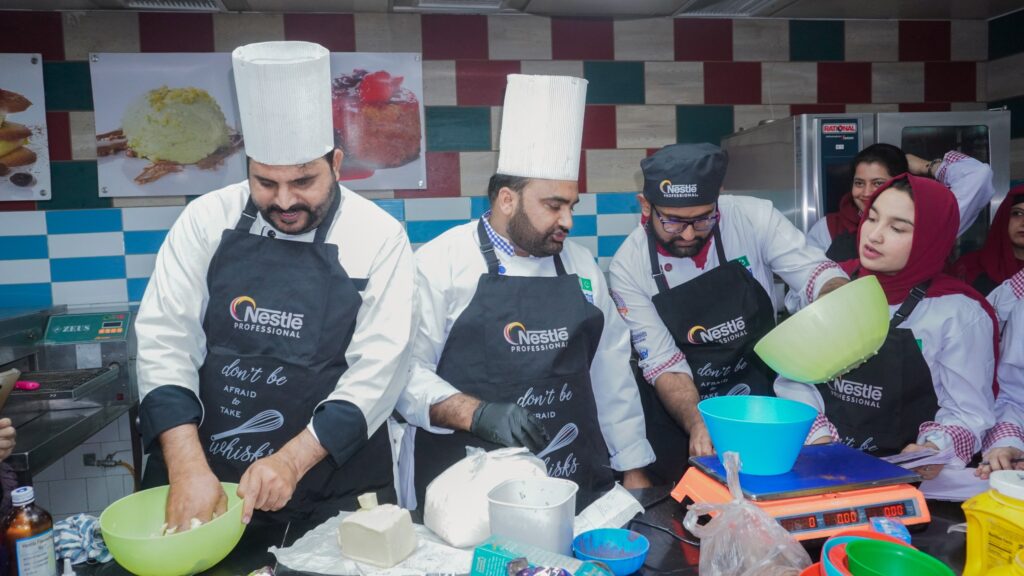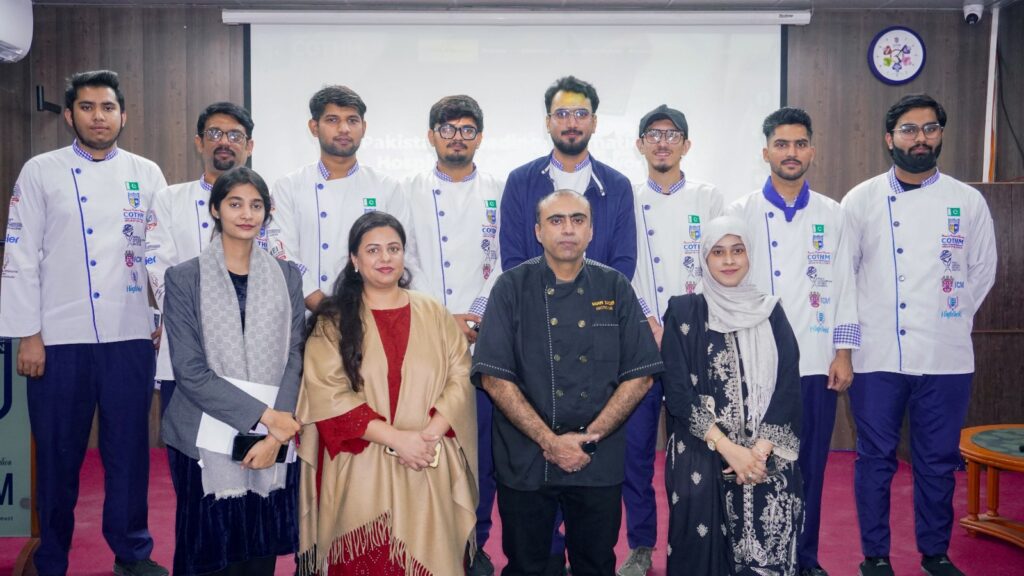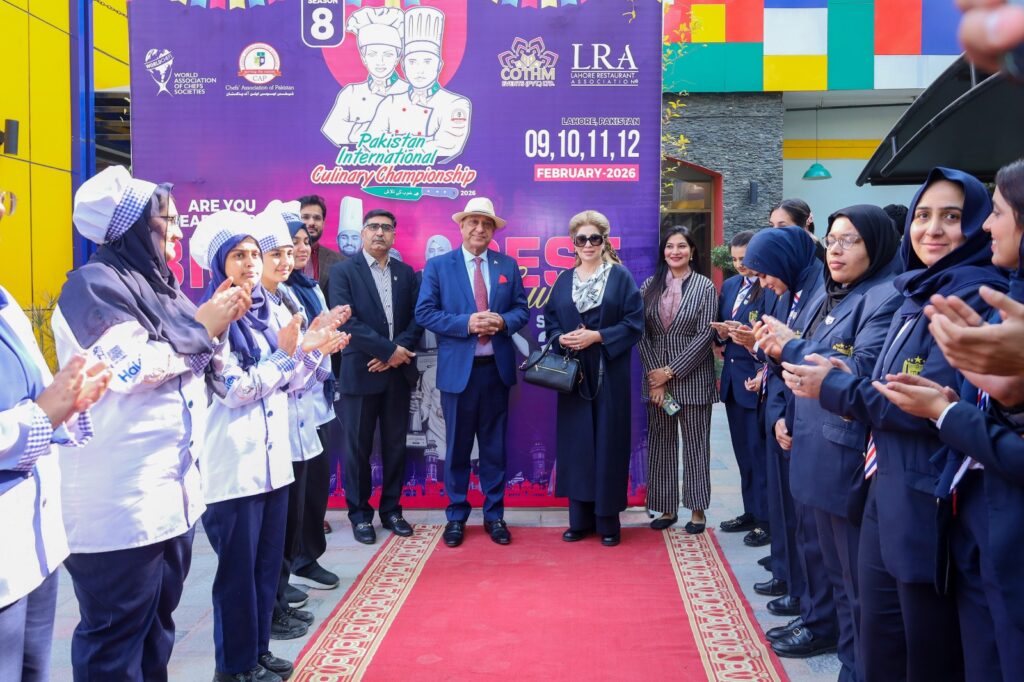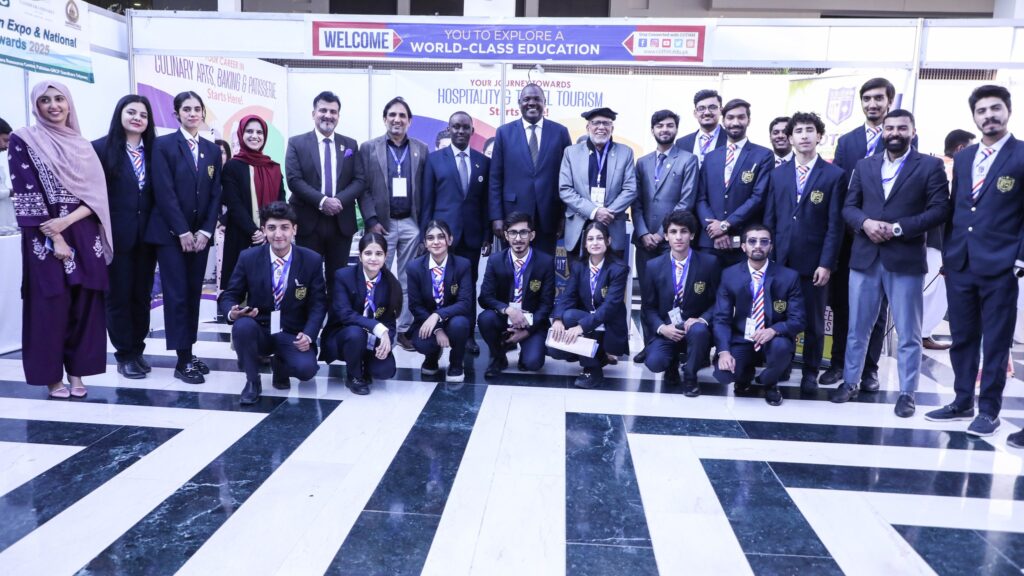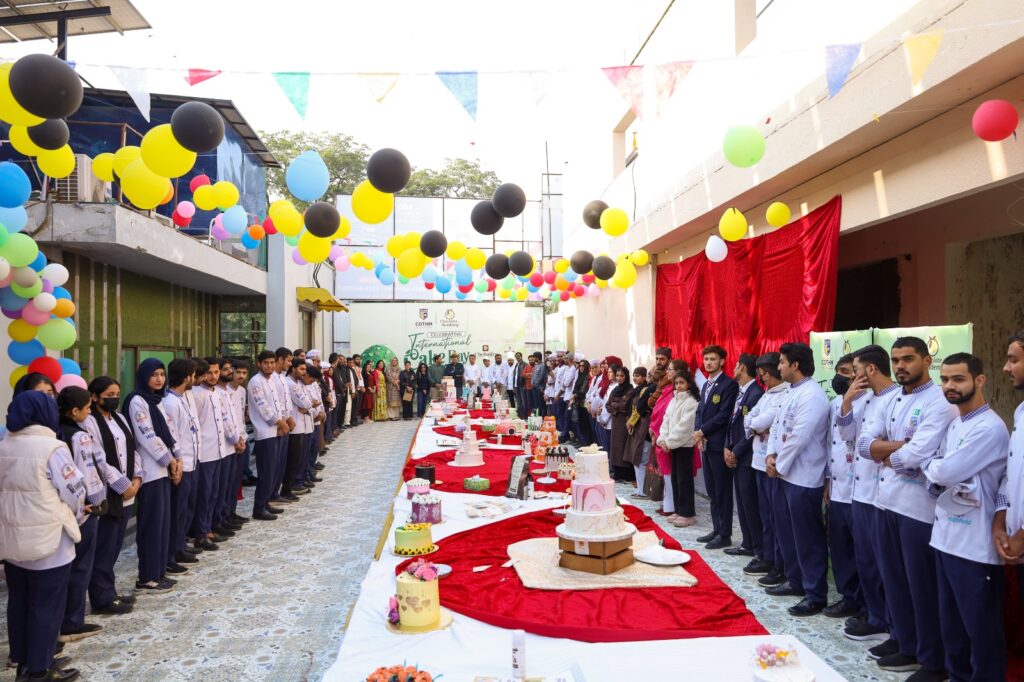By Jehangir Khan Tareen
Pakistan has a rich and diverse history of handicrafts. The entire wealth of timeless Pakistani handicrafts has survived through ages. The legacy of Pakistani culture promises everything which includes beauty, dignity, form and style.
Every city has its own handicrafts ranging from fabric, material and embroidery to jewelry, carving, mirror work, cross stitch work, kacha tanka, tar kashi, kan dani, leather work and the list goes on. Pakistani handicrafts are the precious stones in the bejeweled crown of the country’s culture and heritage.
The time stands testimony to the evolution of art and craft as the civilization grew from caves to modern cities. Now, handicrafts are an integrated part of the country’s culture leaving the whole world amazed and itching for more.
Dresses are one of the most sought out handicrafts of Pakistan from across the globe. Artisans from Multan, Bahawalpur and Dera Ghazi Khan which constitute South Punjab are full of gifted men and women who produce most adorable cross stitches specially the city of saints, Multan, takes the lead in it. Nuzhat Yasmin, a Bahawalpur based business entrepreneur, says “Multan was the only city in the country which was producing matchless cross stitched garments, bed sheets and curtains.” Women make their designs with hands but apparently it seems that these have been made by machines, she informs adding that tar kashi of Multan, Kahror Pacca and DG Khan is much popular home and abroad.
The artisans make the eye-catching designs on cotton and other crapped clothes like gents kurta, dupatta etc, Ms Nuzhat, who has been associated with handicrafts business since 1992, says.
She also says that Kan Dani, Mukesh and Gotta works besides Chunri are the specialties of Bahawalpur while Ajark and block print locally known as “Thapa” are also famous products of the city.
According to her, Abbas Nagar, some 35 km away from Bahawalpur, is a hub for Chunri and its artisans have magical hands. DG Khan produces Kucha Tanka, Balochi and Mirror work, she adds.
She observes that prayer mats made in this area, commonly known as “Taadi” in Saraiki, are very beautiful whereas multi-coloured trays made up of date palm leaves, popularly known as “Chhabi”, are decorated with beads.
Multan Chamber of Commerce of Industry (Women Wing) former chairperson Syeda Sarwat Zahra says that they are working for the survival of dying art and its artisans. Blue Pottery, Camel Skin Bone, Leather Products, Silma Sitara and Naqsha Dabka work, Khussa (Footwear), Camel Lamps, Clay Pots like Money Boxes, Naqashi, Block Prints are famous handicrafts of Multan, she says and adds that Ustad Wajid is the only artisan who is working on red clay in South Punjab while Abdul Rehman Naqash is also doing a good job for the promotion of Naqashi across the world.
She further states that Multan Craft Bazaar located at Qasim Fort offers Painting, Pottery, Embroidery, Naqqashi, Kashi, Shesha Gari, Ukeer Sazi (Paper Work), and Camel Skin & Bone made products for locals and tourists alike.
According to her, her organization introduced 80 new designs in camel skin items a couple of years back and a large number of customers place orders for vases and tea & dinner sets of blue pottery from Karachi, Lahore and Islamabad.
Ustad Wajid, an artisan who has been associated with Kashi Kari and Red Clay work since 1975 says that he has been dealing in handicrafts from generation to generation.
He also says that red clay tiles are overlaid on historic buildings of Multan besides residences of Gilani and Qureshi families adding that the beauty of the art lies in the fact that rains and other weather conditions don’t affect its charm.
Tombs of Hazrat Shah Rukn-i- Alam, Hazrat Bahauddin Zakariay, Hazrat Musa Pak Shaheed, Hazrat Yousuf Shah Gardez have been glazed with red clay tiles, the Ustad Wajid says and adds that it these red clay tiles are also used in the residences of former prime minister Syed Yusuf Raza Gilani and Foreign Minister Makhdoom Shah Mahmood Qureshi.
“It is our family business which needs a lot of toil and time. One has to mix oneself into clay for learning the art, Ustad Wajid notes adding, “red clay tiles have also been used at BZU’s main gate and Women University matital campus.”
Undoubtedly, creating handicrafts is a thousand years old art and South Punjab has contributed its bit in the country’s crafts since long.

